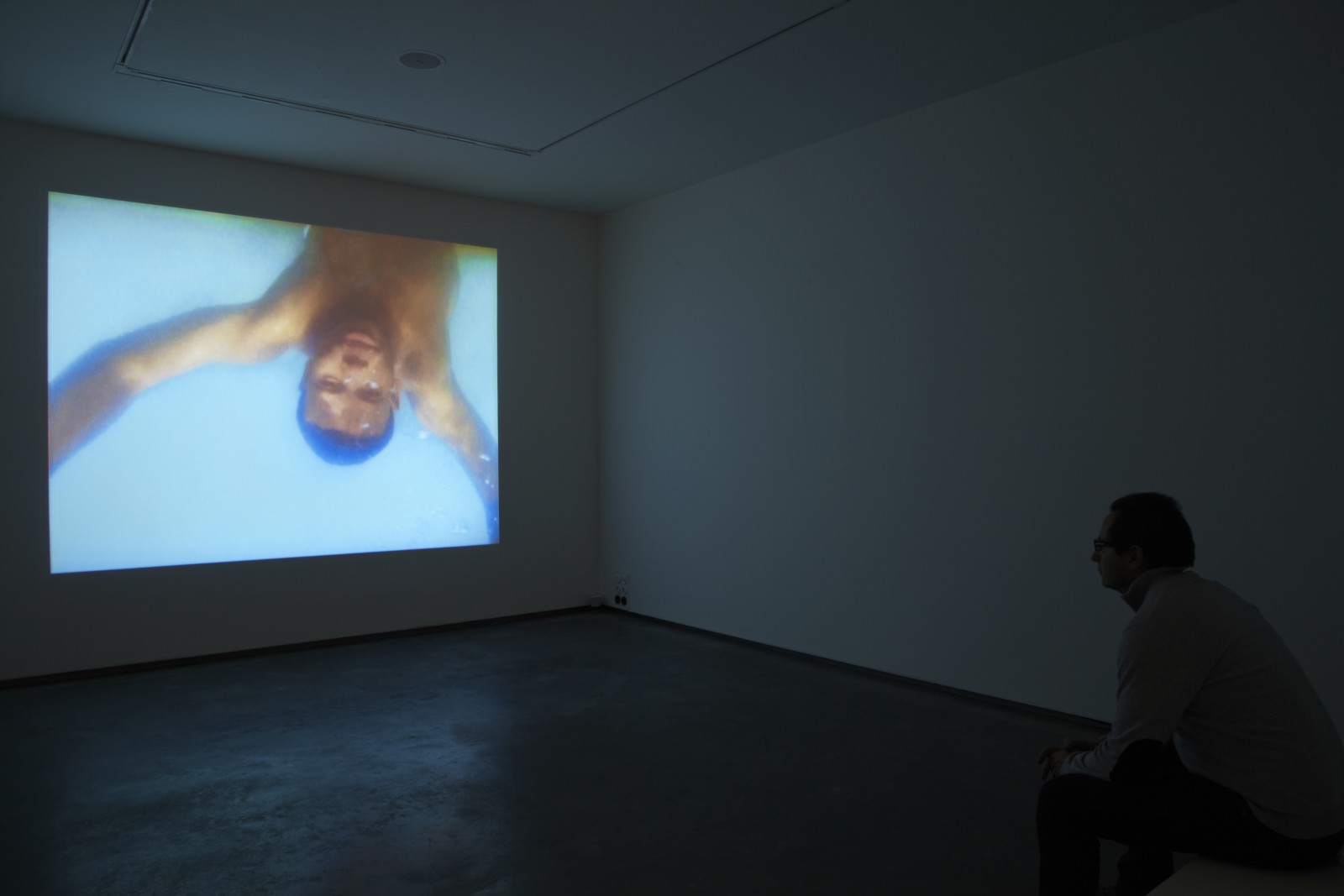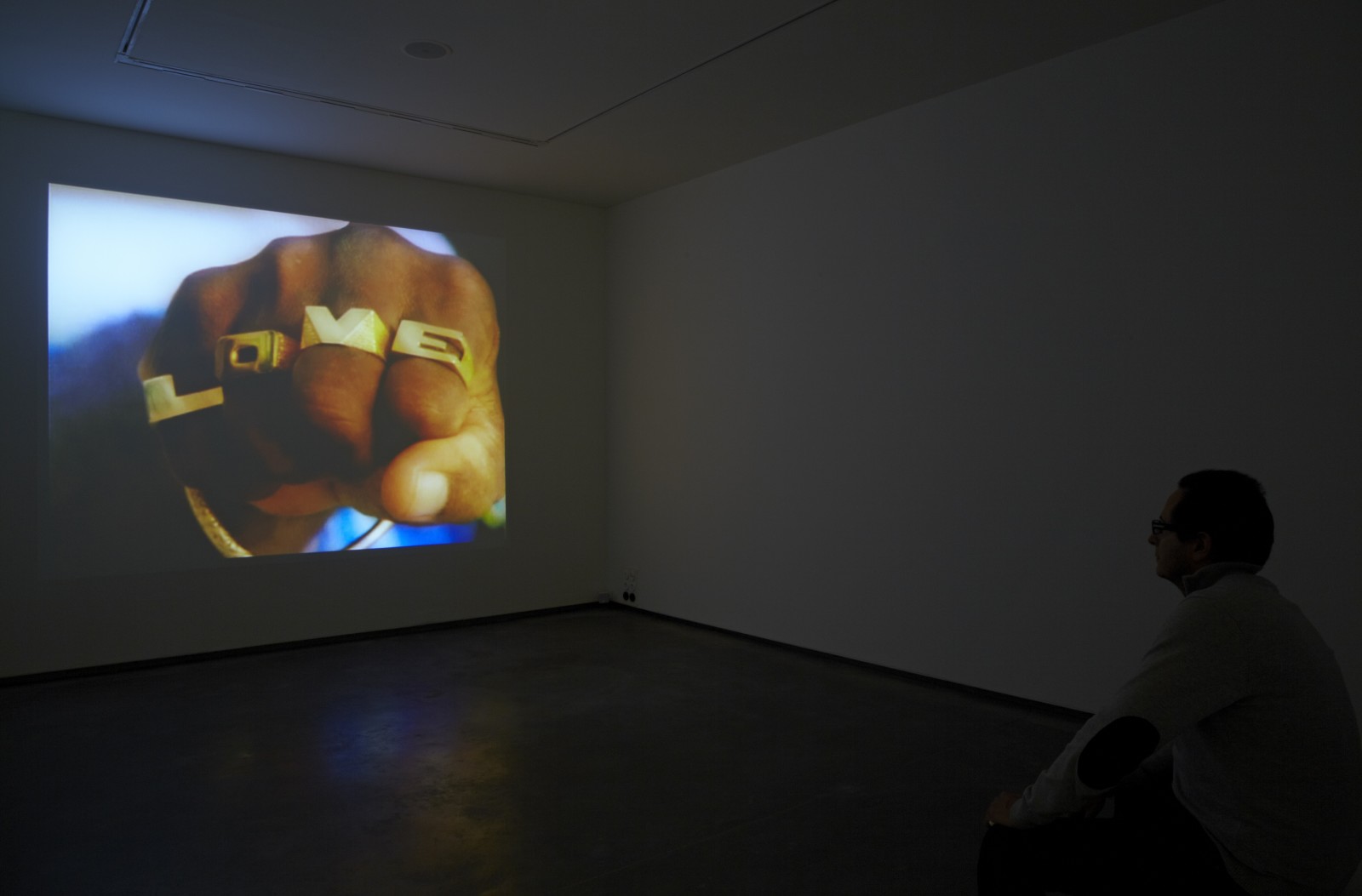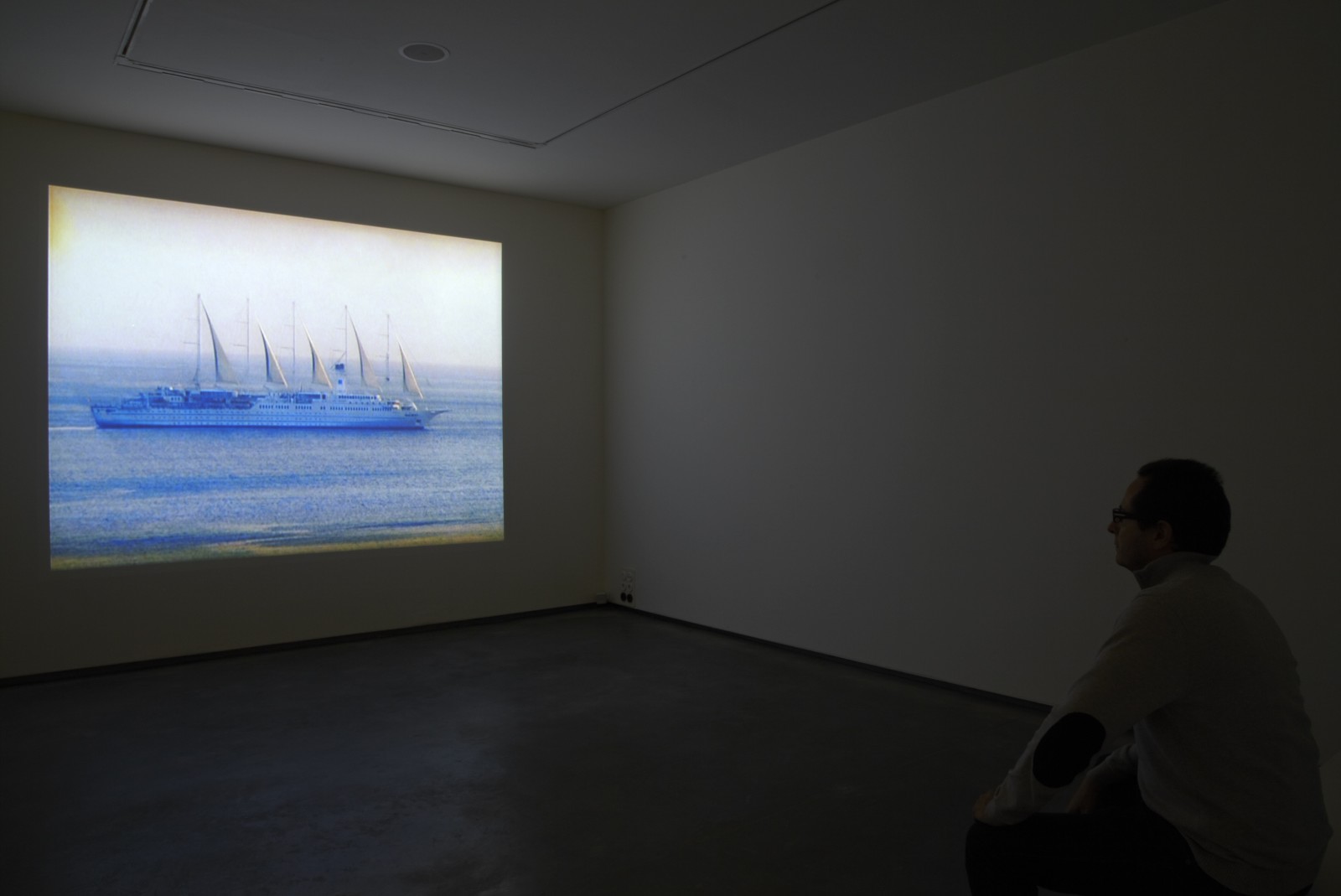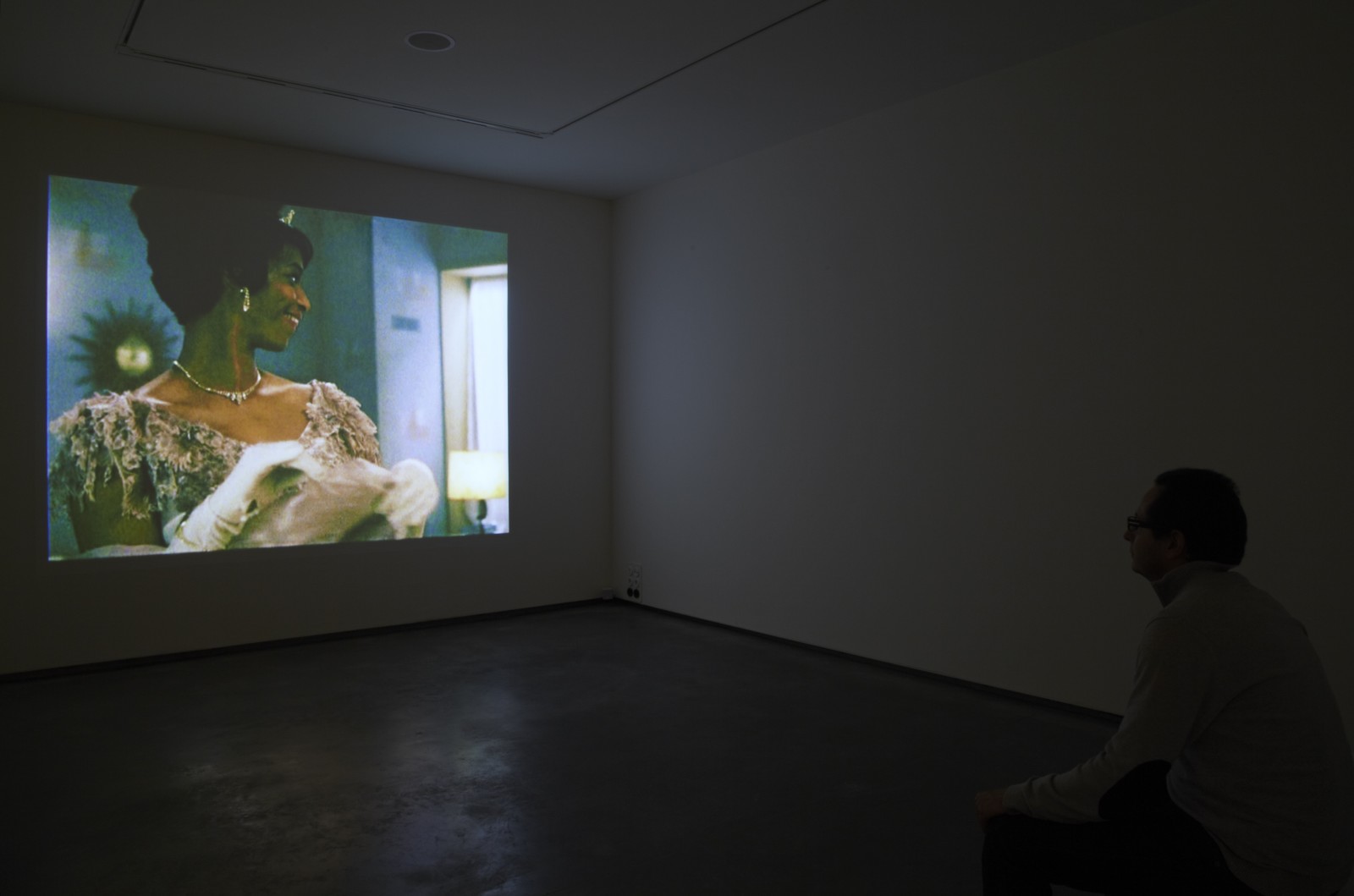Language Games. An Introduction to the Art of Our Times
A central feature of the art of our times is its variety and expressive plurality. For centuries, European art operated using a homogenous language, a single code of representation. This unity of expression, based on a symbolic convention -geometric perspective- was governed by the wish to build forms and images that would produce the illusion or appearance of reality. Despite the undeniable complexity and aesthetic quality of the works of art by the Great Masters, from a stylistic point of view art still strived to recreate the external impression of the eyes, the outer appearance of reality.
The avant-gardes would change all that quite irreversibly at the end of the nineteenth century and the beginning of the twentieth century. Although Romanticism and its demand for total artistic freedom had already set in motion this process of change -and Francisco de Goya had made a crucial breakthrough when he shifted the point of view towards the inner self- it was the avant-gardes that put the complete transformation into effect. However, one needs to understand the avant-gardes are not the "cause", but rather the outcome of a reorganization, of a process of rearrangement of the arts as a whole in the face of the profound cultural, economic and social upheavals which would affect Europe throughout the nineteenth century - the development of technology, the formation of a socio-economic order based on the mass production of marketable products and the consequent concentration of large masses of the population in cities.
Art changed, just as the experience of life and cultural processes in general had changed, and as philosophy and science too had changed. From that time onwards and until the present day, the art of our times would no longer seek to reproduce the appearance of outer reality in works of art, instead it critically questions this outer reality. In the era of the global image, bereft of a single code of representation and directed, moreover, from outside to inside, each artist builds the criteria of signification of his or her works, constructing a language game whose content must be unravelled in order to interpret its purpose and meaning. The complex and plural diversity of language games should be regarded as representations of forms of life constituting the core of the art of our times. An art as intense, varied and complex as the world we live in today.
This exhibition is set out in accordance to these guidelines and it also employs the Austrian philosopher Ludwig Wittgenstein's concept of language games. Accordingly, it is arranged into five sections whose titles are open clues, metaphors to facilitate the understanding of these art games. The World is a Text(I) plays with the wide range of ways to incorporate the word in the image. However, the word-image dialectics is a two-way street, and this opens another road -reversible- for artistic play: The Text is an Image (II). Evidently, in the artistic realm of representation colours are not only physical, but also players in a game of meanings and significations: The Languages of Colours (III). The following section, whose title The Betrayal of Images (IV) is borrowed from René Magritte, focuses on the openquality of images: nothing is just as it seems, the signification is open, everything means more, transcends the mere act, the factual event. Lastly, The Mirrors of Babel (V) alludes not only to the diversity of tongues that cannot translate into each other (Babel), but also to the reflections and redundancies contained in the unknown and the dispersed (mirrors), qualities possessed by modernity and by the experience of loss and uncertainty that epitomize our present day.







